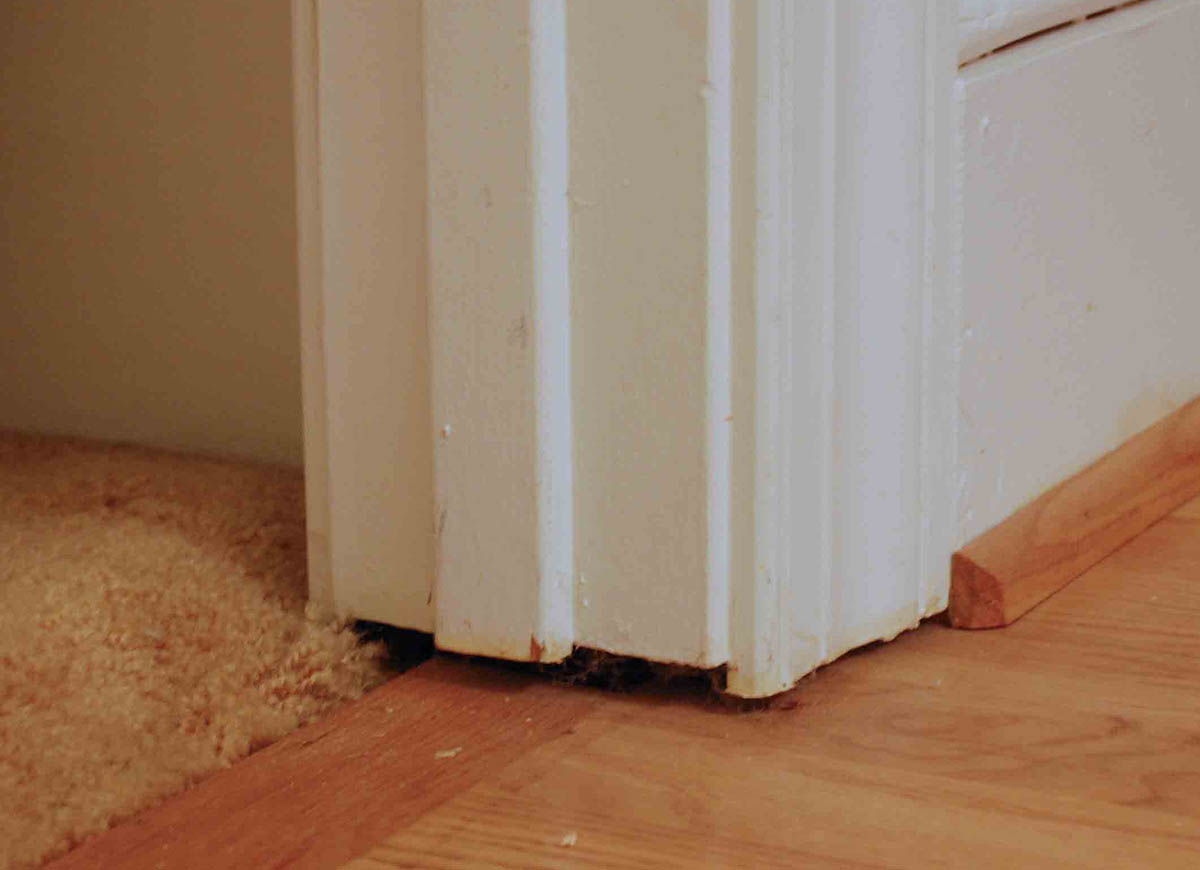

Articles
How To Fix Gap Between Door And Floor
Modified: December 7, 2023
Learn effective tips and tricks in our articles on how to fix the annoying gap between your door and floor. Say goodbye to drafts and maintain a comfortable home environment.
(Many of the links in this article redirect to a specific reviewed product. Your purchase of these products through affiliate links helps to generate commission for Storables.com, at no extra cost. Learn more)
Introduction
Welcome to this comprehensive guide on how to fix the gap between a door and the floor. Having a noticeable gap between the door and floor can not only be aesthetically displeasing but can also result in several issues such as energy loss, drafts, dust infiltration, and even unwanted pests making their way into your home.
Understanding the reasons behind the gap between a door and floor is crucial in determining the most effective solution. Whether you have a new door installation or an existing door that has shifted over time, there are various causes for this gap.
In this article, we will explore the common causes of a door and floor gap and provide you with step-by-step instructions on how to fix it. We will discuss different options, such as adjusting door hinges, installing a door sweep, adding a door bottom weatherstrip, and using a door gap fixer.
Before we dive into the solutions, let’s take a closer look at what could be causing the gap between your door and the floor.
Key Takeaways:
- Don’t let a gap between your door and floor go unnoticed. Understand the causes and choose from options like adjusting hinges, adding a door sweep, or using a door gap fixer to restore functionality and energy efficiency.
- Gather the right tools and materials to fix the gap between your door and floor. Whether adjusting hinges, installing a door sweep, adding a door bottom weatherstrip, or using a door gap fixer, each method offers a unique solution to address the issue.
Read more: How To Fill Gap Between Baseboard And Floor
Understanding the Gap Between Door and Floor
When it comes to the gap between a door and the floor, there are several factors that can contribute to this issue. Understanding these factors is key to finding the right solution. Here are the common reasons behind a gap between the door and floor:
- Settling and Shifting: Over time, buildings can settle, causing the foundation and frame to shift. This can result in misalignment between the door and the floor, leading to a noticeable gap.
- Warped or Uneven Floors: Uneven floors can also be a contributing factor to a gap between the door and floor. If the floor is not level, it can cause the door to hang unevenly and create a visible gap.
- Improper Installation: In some cases, the door may have been installed incorrectly. If the hinges are not properly aligned, it can cause the door to sit at an angle, resulting in a gap between the door and floor.
- Wear and Tear: With regular use, doors can undergo wear and tear. This can cause the door to sag or settle, leading to a gap. Additionally, if the door is made of a material that is susceptible to swelling or shrinking due to changes in temperature and humidity, it can further contribute to the gap.
- Age of the Door: Older doors may have experienced more wear and tear over time, making them more prone to gaps. The materials used in older doors may have also deteriorated, causing them to warp or shift.
By identifying the underlying cause of the gap between your door and floor, you can choose the most appropriate solution to fix it. In the following sections, we will discuss various methods and tools that you can use to address this issue.
Common Causes of a Gap Between Door and Floor
When you notice a gap between a door and the floor, it’s important to understand the common causes. Knowing the underlying issues can help you identify the most effective solution. Here are some common causes of a gap between the door and floor:
- Settling and Shifting: Over time, the foundation and structure of a building can settle, leading to shifts in the door frame. This can result in misalignment and a visible gap between the bottom of the door and the floor.
- Uneven Flooring: If the floor in your home is not leveled properly, it can lead to gaps between the door and the floor. Uneven flooring can occur due to subfloor issues or even natural settling over time.
- Improper Installation: In some cases, the gap between the door and the floor can be a result of improper installation. If the door was not installed correctly, it may not sit flush with the floor, creating a gap.
- Door Warping: Doors are exposed to changes in temperature and humidity, which can cause them to warp. Warped doors can lose their shape, resulting in uneven gaps between the door and the floor.
- Sagging Hinges: Over time, hinges can wear out or become loose, causing the door to sag. When a door sags, it no longer sits flush with the floor, leaving a noticeable gap.
- Worn Weatherstripping: Weatherstripping is a material used to seal gaps around doors and windows. If the weatherstripping at the bottom of the door is worn or damaged, it can create a gap through which air, dust, and pests can enter.
Identifying the cause of the gap between your door and the floor is crucial in determining the most appropriate solution. By understanding the common causes, you can choose an effective method to fix the gap and regain the comfort and energy efficiency of your space.
Tools and Materials Needed
Before you begin fixing the gap between your door and the floor, it’s essential to gather the necessary tools and materials. Having everything prepared in advance will make the process smoother and more efficient. Here’s a list of the tools and materials you’ll need:
Tools:
- Screwdriver or drill
- Chisel
- Tape measure
- Sanding block or plane
- Utility knife
- Pencil or marker
- Hammer
- Level
Read more: How To Fix Floating Floor Gaps
Materials:
- Wood shims
- Wood filler or putty
- Sandpaper
- Door sweep
- Door bottom weatherstrip
- Adhesive
- Door gap fixer
- Screws or nails
Having these tools and materials on hand will ensure that you are well-equipped to tackle the task of fixing the gap between your door and the floor. Depending on the cause of the gap, you may not need all the items listed above. However, it’s always better to be prepared with a comprehensive set of tools and materials.
Now that you have everything you need, let’s move on to the step-by-step guide on how to fix the gap between your door and the floor.
Step-by-Step Guide to Fixing the Gap Between Door and Floor
Now that you have gathered the necessary tools and materials, let’s walk through the step-by-step process of fixing the gap between your door and the floor.
Option 1: Adjusting the Door Hinges
- Start by closing the door and examining the gap between the door and the floor.
- Using a screwdriver or drill, loosen the screws on the top, middle, and bottom hinges.
- With the door still closed, gently lift or push the door towards the side where the gap is smaller.
- Tighten the screws on the hinges once the door is properly aligned with the floor.
Option 2: Installing a Door Sweep
- Close the door and measure the width of the door from edge to edge.
- Using a saw or utility knife, cut the door sweep to match the measured width.
- Place the door sweep on the inside of the door, ensuring that the rubber or brush strip touches the floor.
- Attach the door sweep using the screws or adhesive provided.
Read more: How To Seal Gap Between Sliding Glass Doors
Option 3: Adding a Door Bottom Weatherstrip
- Close the door and measure the width of the door from edge to edge.
- Cut the door bottom weatherstrip to match the measured width.
- Slide the door bottom weatherstrip onto the bottom edge of the door.
- Attach the weatherstrip using screws or adhesive, making sure it creates a seal with the floor when the door is closed.
Option 4: Using a Door Gap Fixer
- Close the door and measure the width of the gap between the door and the floor.
- Choose a door gap fixer of appropriate size that matches the measured gap.
- Place the door gap fixer on the floor and position it against the door, closing the gap.
- Secure the door gap fixer in place using screws or adhesive.
Remember, the solution you choose will depend on the cause and severity of the gap between your door and the floor. It may be necessary to combine multiple options to achieve the best results. Follow these step-by-step instructions carefully, and you’ll be able to fix the gap and restore the functionality and appearance of your door.
Option 1: Adjusting the Door Hinges
If you notice a gap between your door and the floor, one possible cause could be misaligned hinges. Adjusting the door hinges can help realign the door and eliminate the gap. Here’s how you can do it:
- Begin by closing the door and examining the gap between the door and the floor. Identify which side of the door has a larger gap.
- Using a screwdriver or drill, loosen the screws on the top, middle, and bottom hinges that are attached to the door frame. Avoid removing the screws entirely.
- With the door still closed, gently lift or push the door towards the side where the gap is smaller. This will help align the door with the floor.
- While holding the door in its aligned position, tighten the screws on the hinges. Start with the top hinge and work your way down to the bottom hinge. Make sure to tighten the screws firmly but avoid over-tightening.
- Once all the screws are tightened, check the door to ensure that it now sits flush with the floor.
- If the gap is still visible, try adjusting the hinges again by repeating steps 2 to 5. You may need to make small adjustments until the desired result is achieved.
Adjusting the door hinges is a relatively simple and effective method to fix a gap between the door and the floor. It allows you to reposition the door and ensure that it closes properly and creates a tight seal with the floor. However, keep in mind that this method may not be suitable for severe gaps or if the door is warped or damaged.
If adjusting the hinges does not solve the problem, you may need to consider alternative solutions such as installing a door sweep, adding a door bottom weatherstrip, or using a door gap fixer. These options will be discussed in detail in the following sections.
Option 2: Installing a Door Sweep
If you have a gap between your door and the floor, installing a door sweep is an excellent solution. A door sweep is a long strip of material, usually made of rubber or bristles, that is attached to the bottom of the door. It helps seal the gap, preventing drafts, dust, and insects from entering your home. Here’s how you can install a door sweep:
- Begin by closing the door and measuring the width of the door from edge to edge. This will help determine the correct size for the door sweep.
- Using a saw or utility knife, cut the door sweep to match the measured width of the door. Make sure to follow the manufacturer’s instructions for cutting if provided.
- Place the door sweep on the inside of the door, positioning it along the bottom edge. Ensure that the rubber or brush strip of the door sweep touches the floor.
- Attach the door sweep to the door using the screws or adhesive provided. Follow the manufacturer’s instructions for the recommended method of attachment.
- Once the door sweep is securely attached, check to see if the gap between the door and the floor is eliminated or significantly reduced.
- Make any necessary adjustments to ensure that the door sweep creates a tight seal with the floor when the door is closed.
Installing a door sweep is a relatively easy and effective way to seal the gap between your door and the floor. It not only improves energy efficiency by preventing drafts but also helps keep out dust, pests, and noise. Door sweeps are available in various styles and materials, so choose one that best suits your needs. Remember to periodically check and replace the door sweep if it becomes worn or damaged over time.
If you have a significant gap or other issues that cannot be resolved with a door sweep alone, you may need to consider additional solutions, such as adjusting the door hinges, adding a door bottom weatherstrip, or using a door gap fixer. These options will be discussed in detail in the following sections.
Option 3: Adding a Door Bottom Weatherstrip
If you’re dealing with a gap between your door and the floor, adding a door bottom weatherstrip can help significantly reduce or eliminate the gap. A door bottom weatherstrip is a flexible strip of material, typically made of rubber or silicone, that seals the space between the door and the floor, preventing drafts, dust, and insects from entering your home. Here’s how you can add a door bottom weatherstrip:
- Begin by closing the door and measuring the width of the door from edge to edge. This will help you determine the correct size for the door bottom weatherstrip.
- Cut the door bottom weatherstrip to match the measured width of the door. Some weatherstrips come with built-in cut lines for easier sizing. Use scissors or a utility knife to make the cut.
- Slide the door bottom weatherstrip onto the bottom edge of the door. Make sure it is positioned evenly along the width of the door.
- Attach the weatherstrip to the door using screws or adhesive, depending on the type of weatherstrip and the manufacturer’s instructions. Ensure that it creates a snug seal with the floor when the door is closed.
- Close and open the door multiple times to test the effectiveness of the weatherstrip. Adjust the positioning or tightness if necessary to ensure a proper seal.
Adding a door bottom weatherstrip is an effective way to seal the gap between your door and the floor. It not only helps with energy efficiency by preventing drafts but also keeps out dust, pests, and noise. Door bottom weatherstrips are available in different styles and materials, so choose one that suits your needs and the specific requirements of your door.
If the gap between your door and the floor is more severe or if other issues exist, such as misalignment or damaged door components, you may need to consider alternative solutions like adjusting the door hinges, installing a door sweep, or using a door gap fixer. These options will be discussed in detail in the following sections.
Use a door sweep to cover the gap between the door and the floor. Measure the width of the door and choose a sweep that fits. Attach it to the bottom of the door to block drafts and keep out pests.
Option 4: Using a Door Gap Fixer
If you’re facing a persistent gap between your door and the floor that cannot be easily resolved with other methods, using a door gap fixer can be an effective solution. A door gap fixer is a specialized product designed to bridge the gap and create a seamless connection between the door and the floor. Here’s how you can use a door gap fixer:
- Close the door and measure the width of the gap between the door and the floor. This measurement will help you choose a door gap fixer of the appropriate size.
- Obtain a door gap fixer that matches the measured gap width. These fixers are usually adjustable and can be trimmed to the desired size if needed.
- Place the door gap fixer on the floor, positioning it against the side of the door where the gap is located. Make sure it is aligned properly and covers the entire gap length.
- Secure the door gap fixer in place using screws or adhesive, depending on the specific product and the manufacturer’s instructions. Ensure that it is firmly attached and creates a seamless connection between the door and the floor.
- Close the door and check to see if the gap has been effectively closed or reduced. Make any necessary adjustments to ensure a tight fit.
Using a door gap fixer is a convenient solution for significant or uneven gaps between the door and the floor. It provides a quick and reliable way to eliminate drafts, dust, and pests from entering your home. Door gap fixers are available in a variety of materials and designs, so choose one that suits your needs and complements the aesthetics of your door.
If the gap persists or if other issues exist, such as misaligned hinges or warped doors, you may need to consider alternate options like adjusting the door hinges, installing a door sweep, or adding a door bottom weatherstrip. These solutions will be discussed in detail in the previous sections.
Conclusion
Dealing with a gap between your door and the floor can be a frustrating problem, but fortunately, there are several effective solutions available. By understanding the common causes of the gap and choosing the appropriate method, you can restore the functionality, appearance, and energy efficiency of your door.
Whether you opt to adjust the door hinges, install a door sweep, add a door bottom weatherstrip, or use a door gap fixer, each option has its own advantages and considerations. It is crucial to assess the severity of the gap and any underlying issues before deciding on the best approach.
Remember, adjusting the door hinges is ideal for minor misalignments, while adding a door sweep or door bottom weatherstrip can effectively seal gaps and prevent drafts and pests from entering your home. A door gap fixer can be a great solution for significant or uneven gaps that cannot be easily resolved with other methods.
Regardless of the method you choose, be sure to follow the step-by-step instructions and utilize the necessary tools and materials for a successful fix. Regularly monitoring and maintaining the door can help prevent future gaps and ensure its proper functionality over time.
Fixing the gap between your door and the floor not only enhances the aesthetics of your space but also improves energy efficiency, reduces drafts, and provides a more comfortable environment. Enjoy the benefits of a well-sealed door and say goodbye to unwanted gaps.
Frequently Asked Questions about How To Fix Gap Between Door And Floor
Was this page helpful?
At Storables.com, we guarantee accurate and reliable information. Our content, validated by Expert Board Contributors, is crafted following stringent Editorial Policies. We're committed to providing you with well-researched, expert-backed insights for all your informational needs.
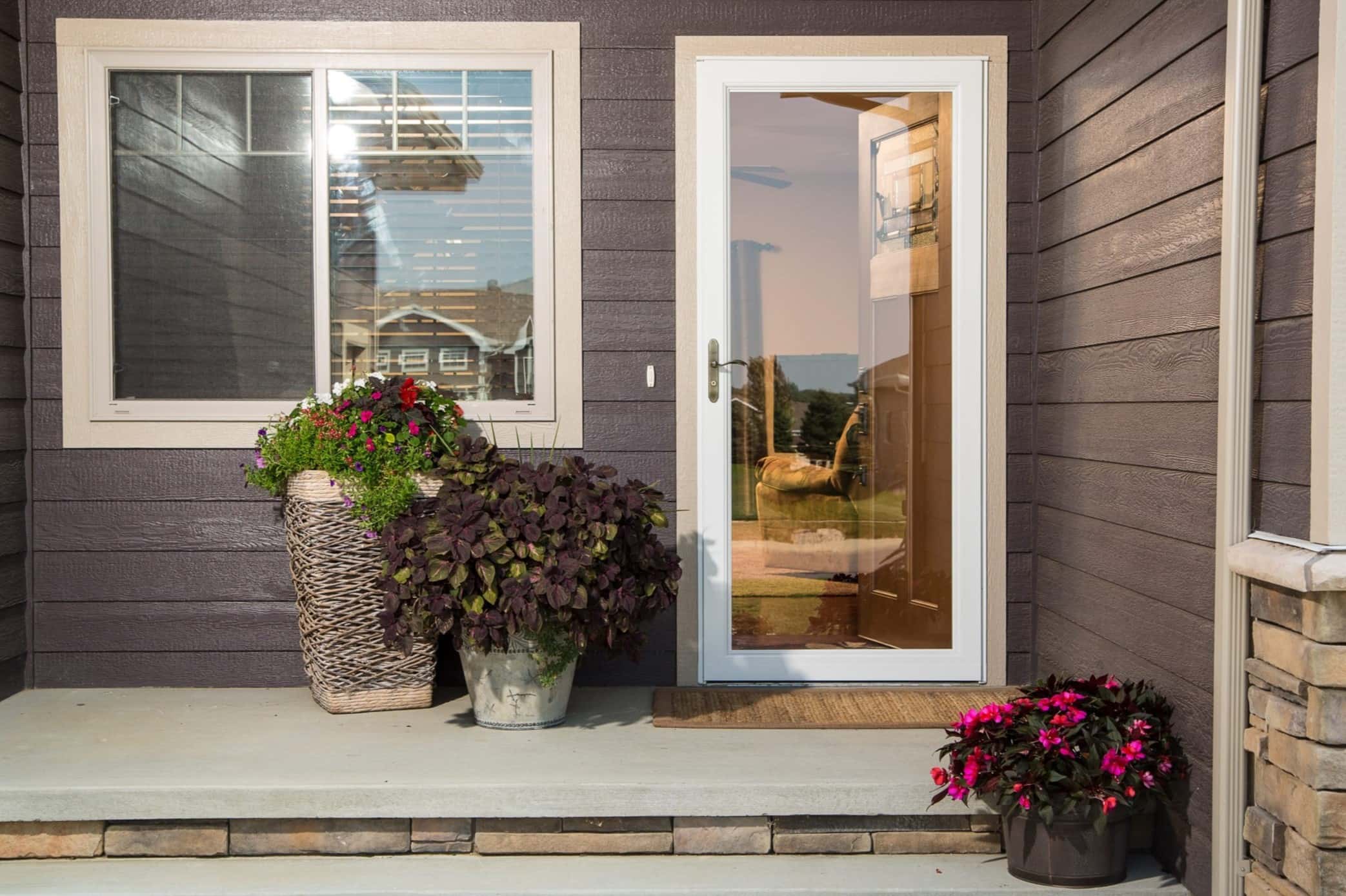
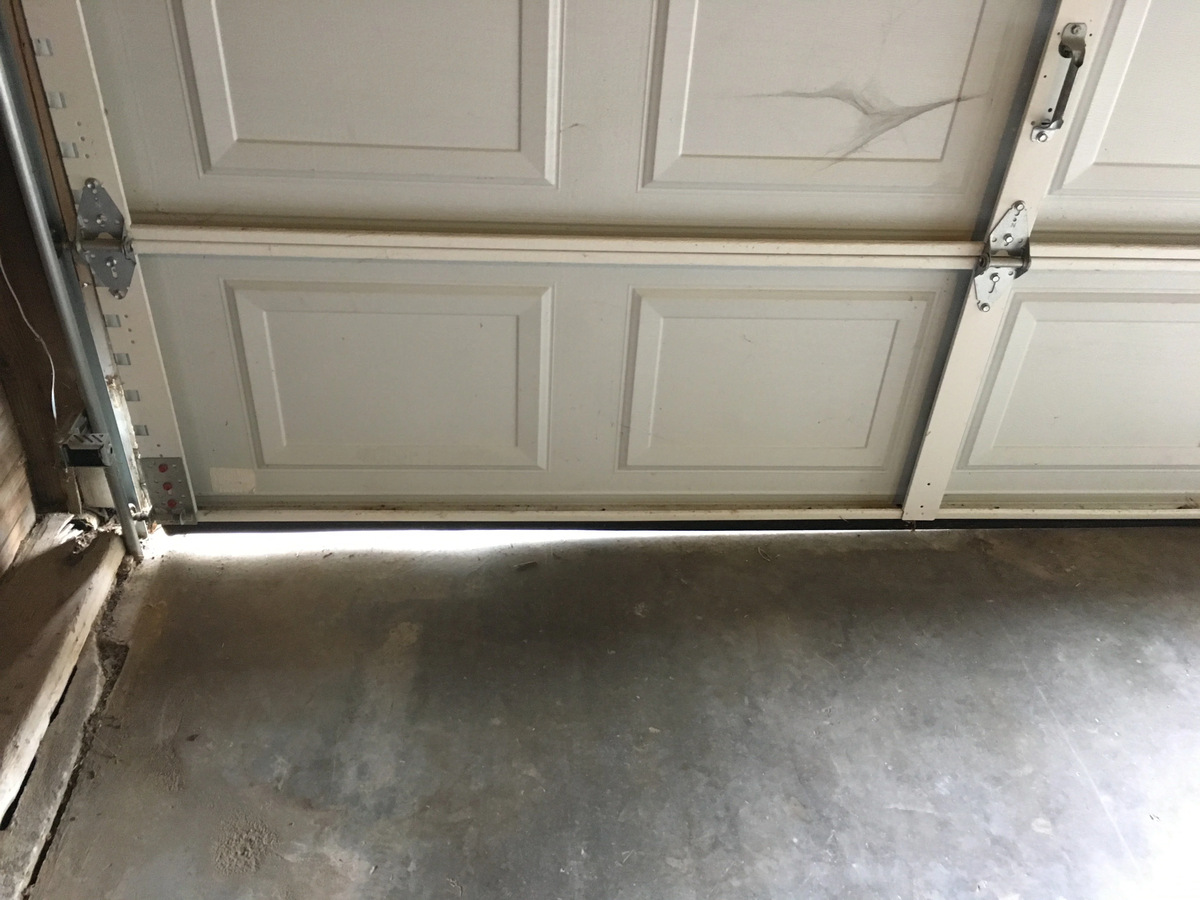
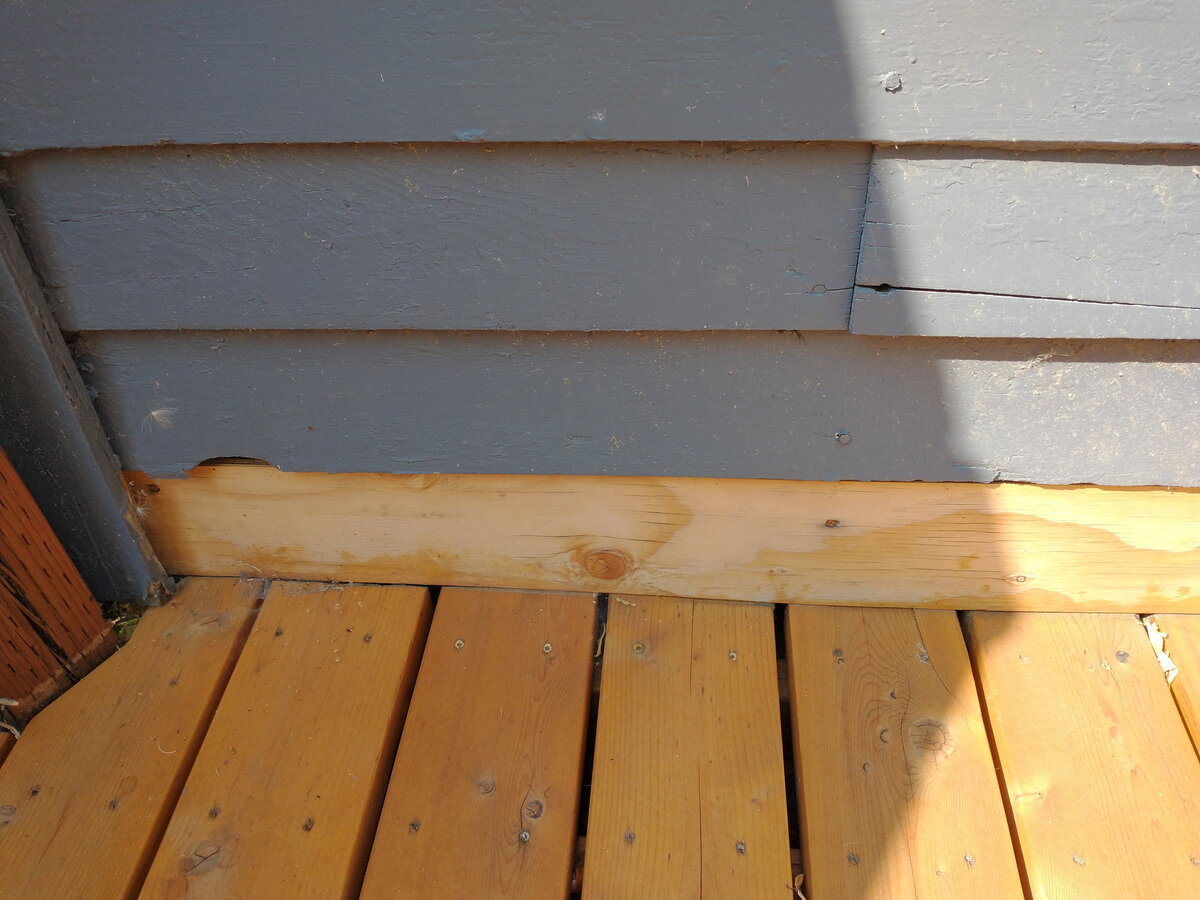
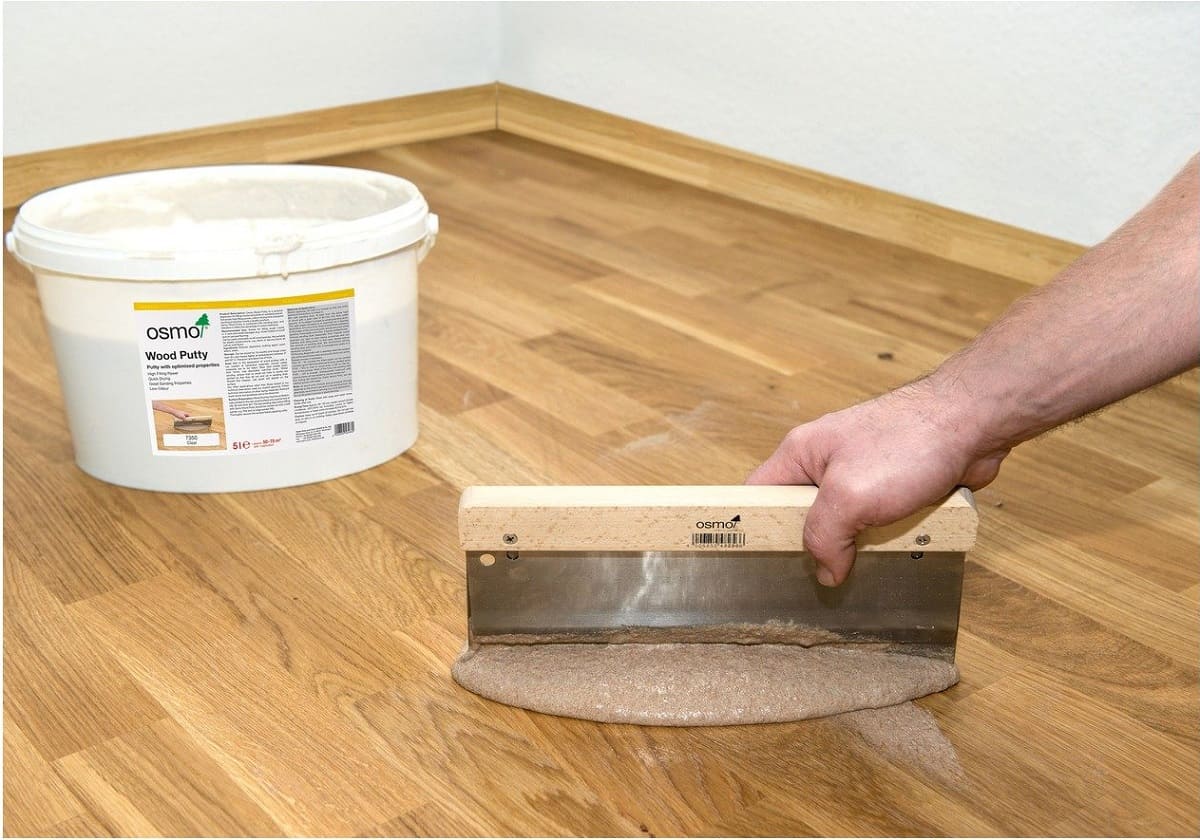
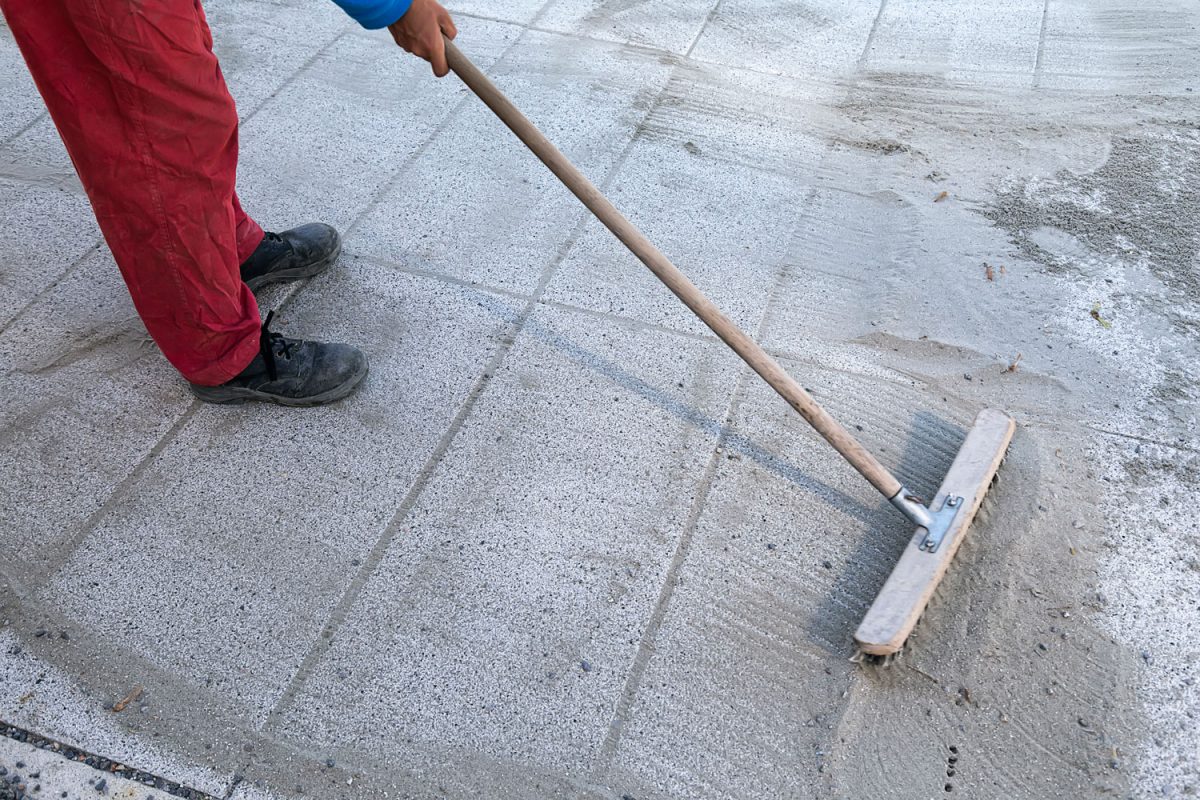
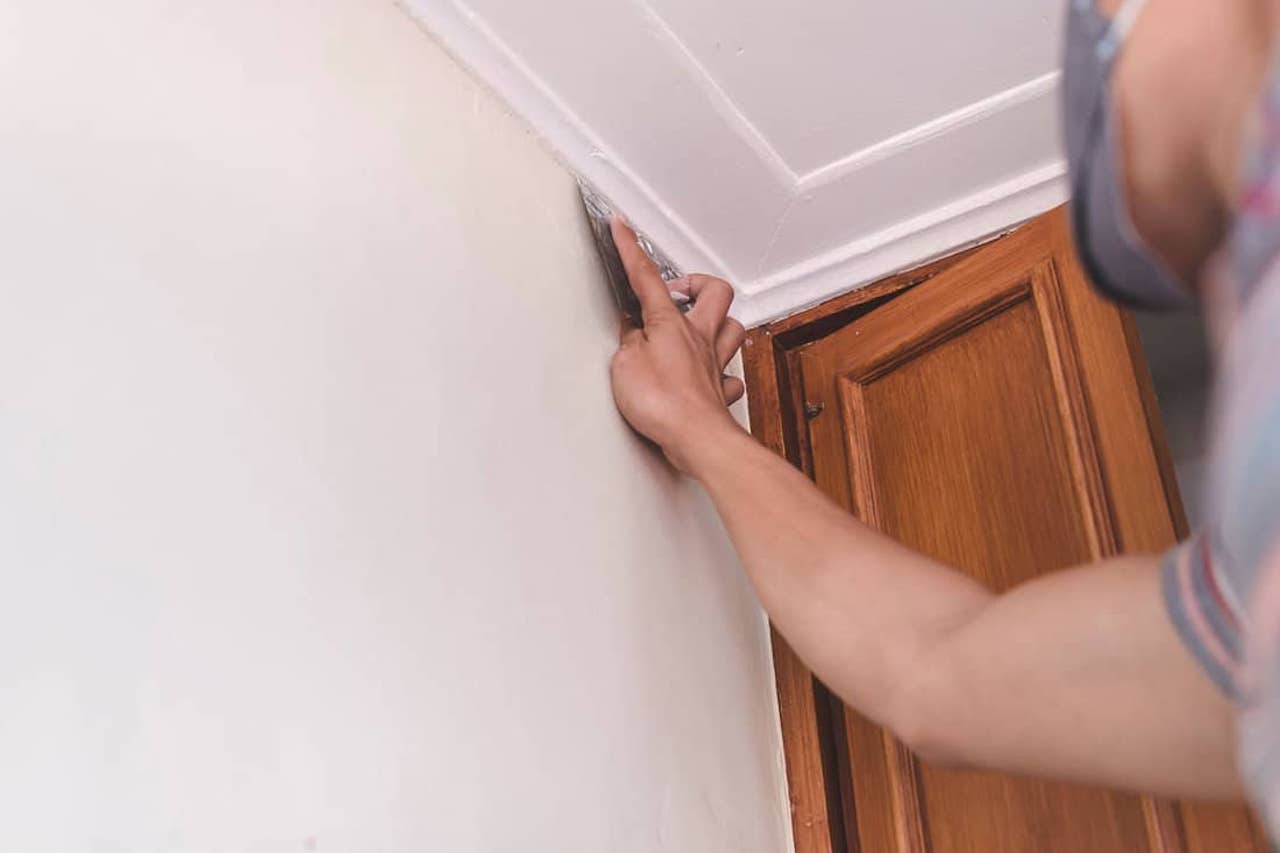
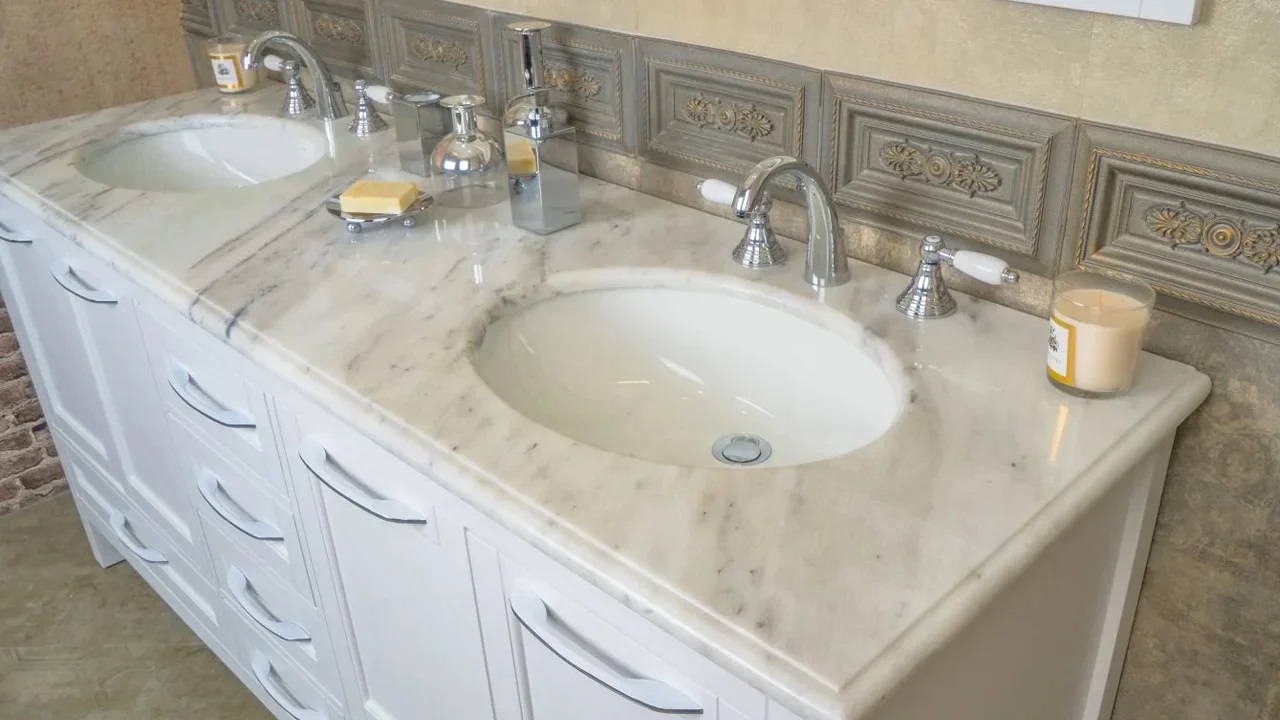
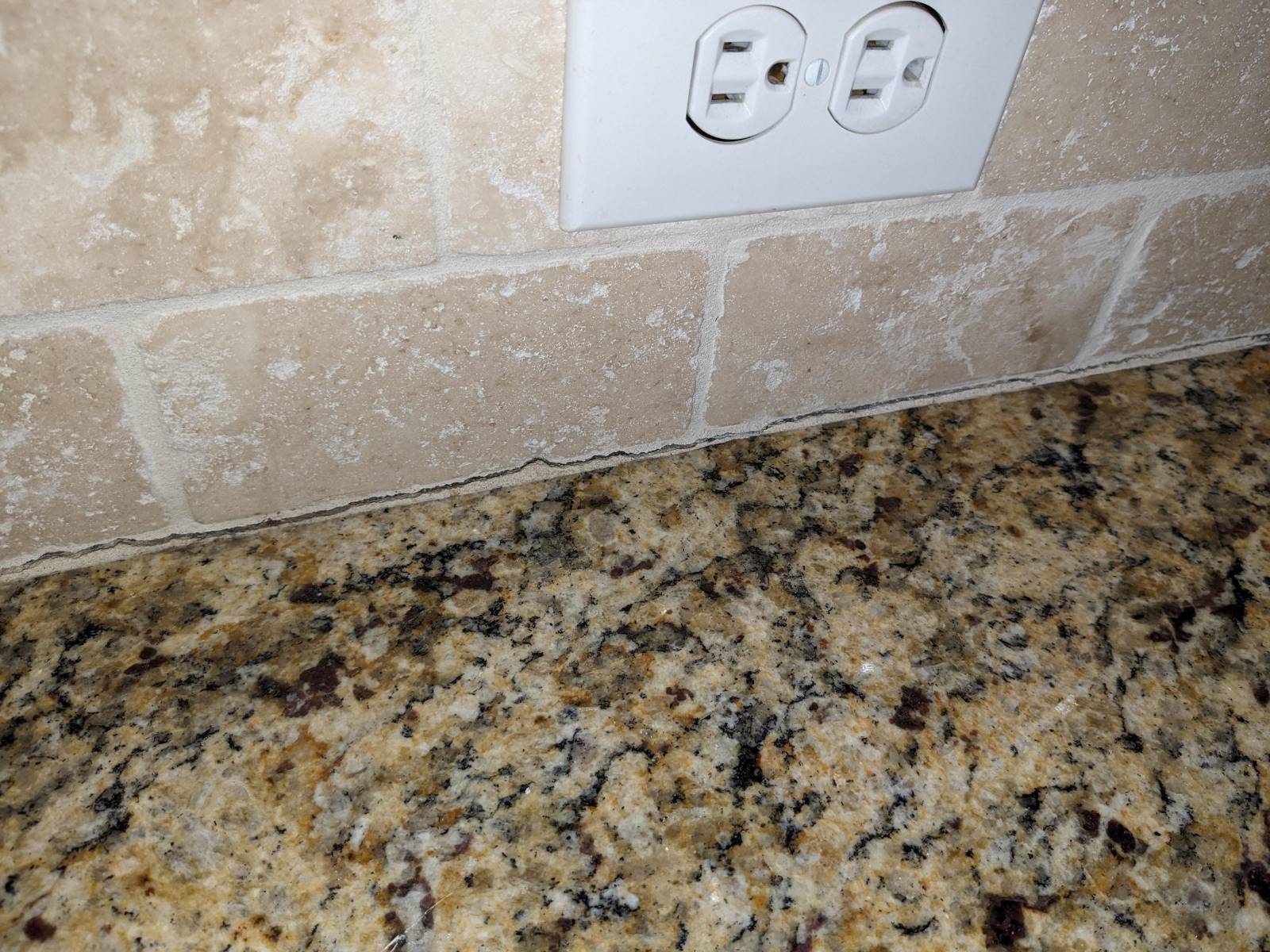
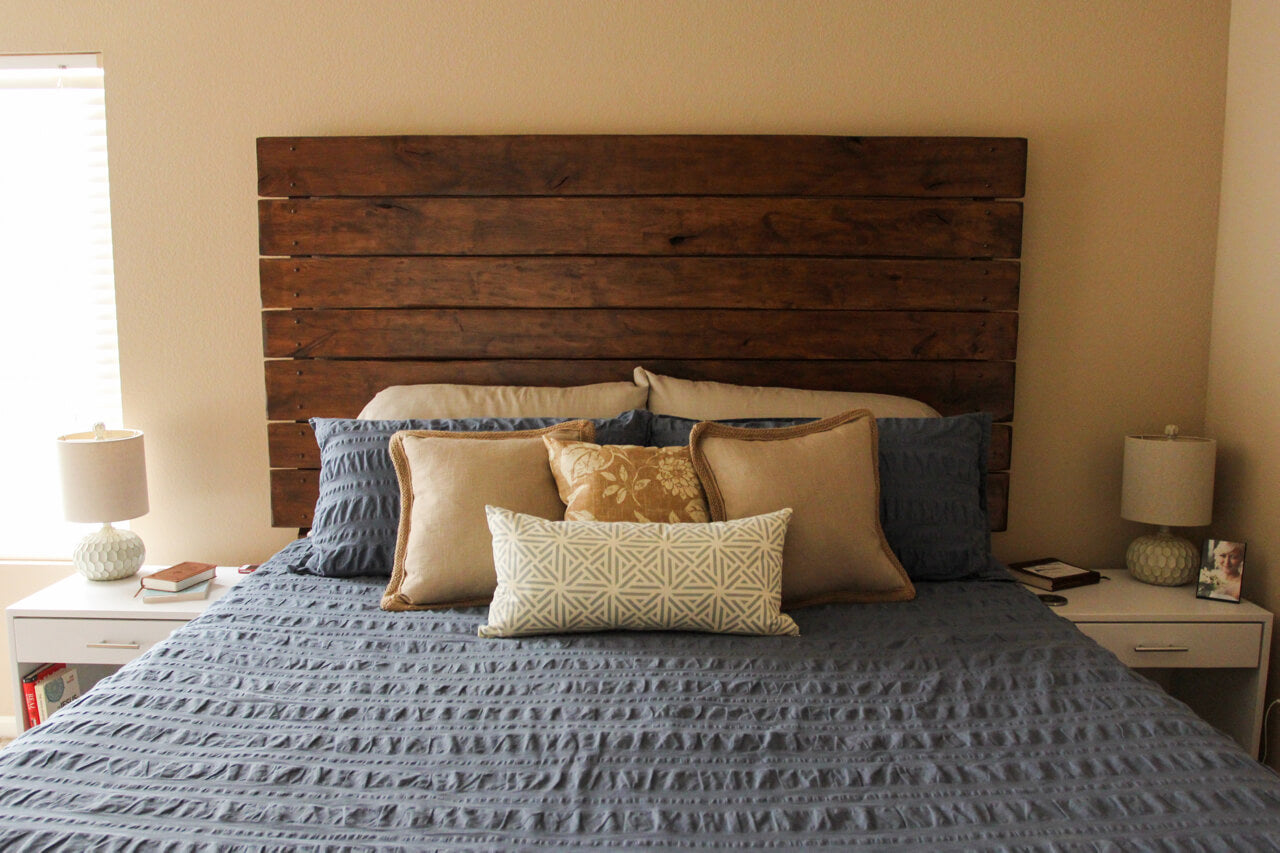
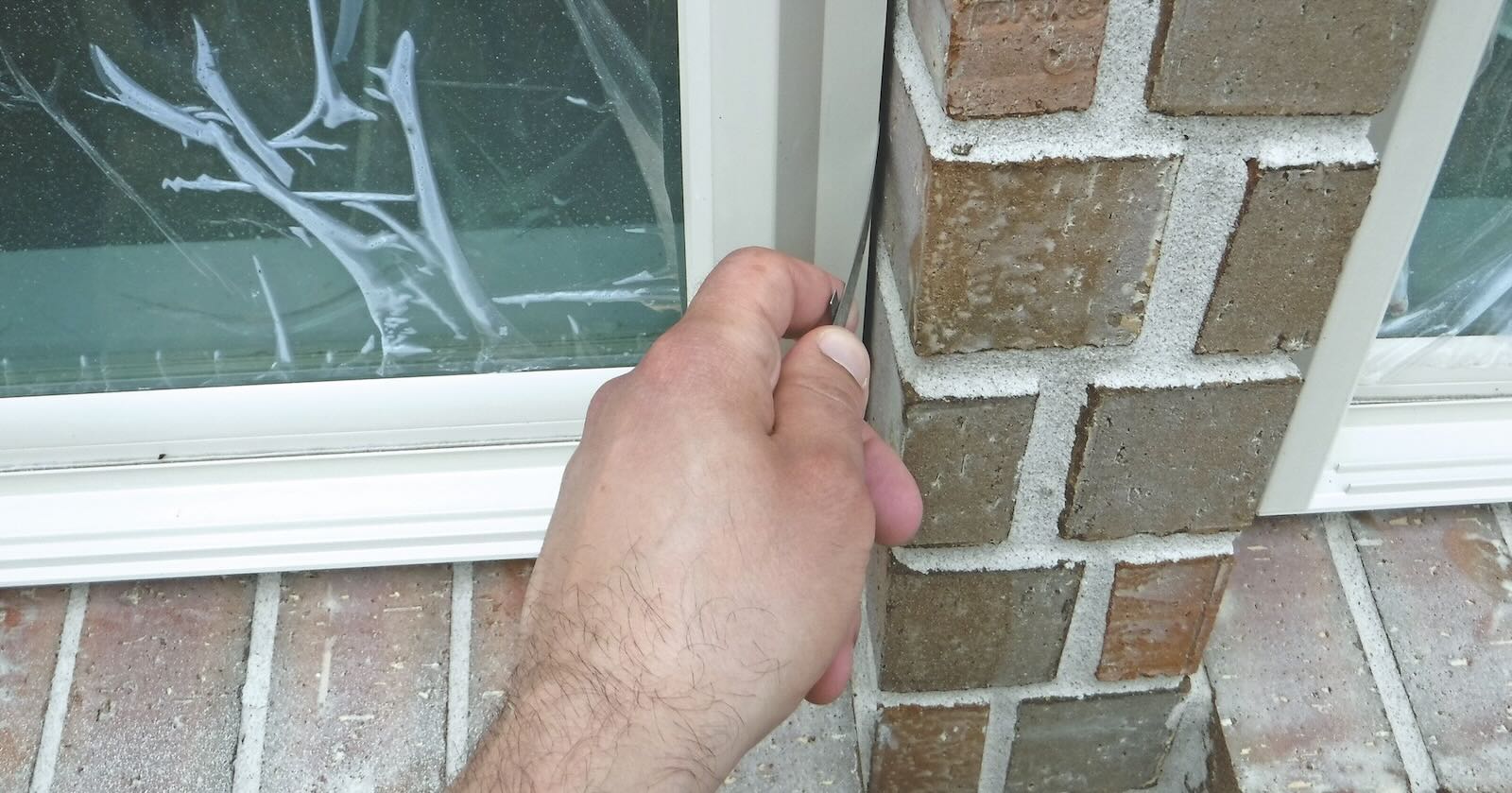
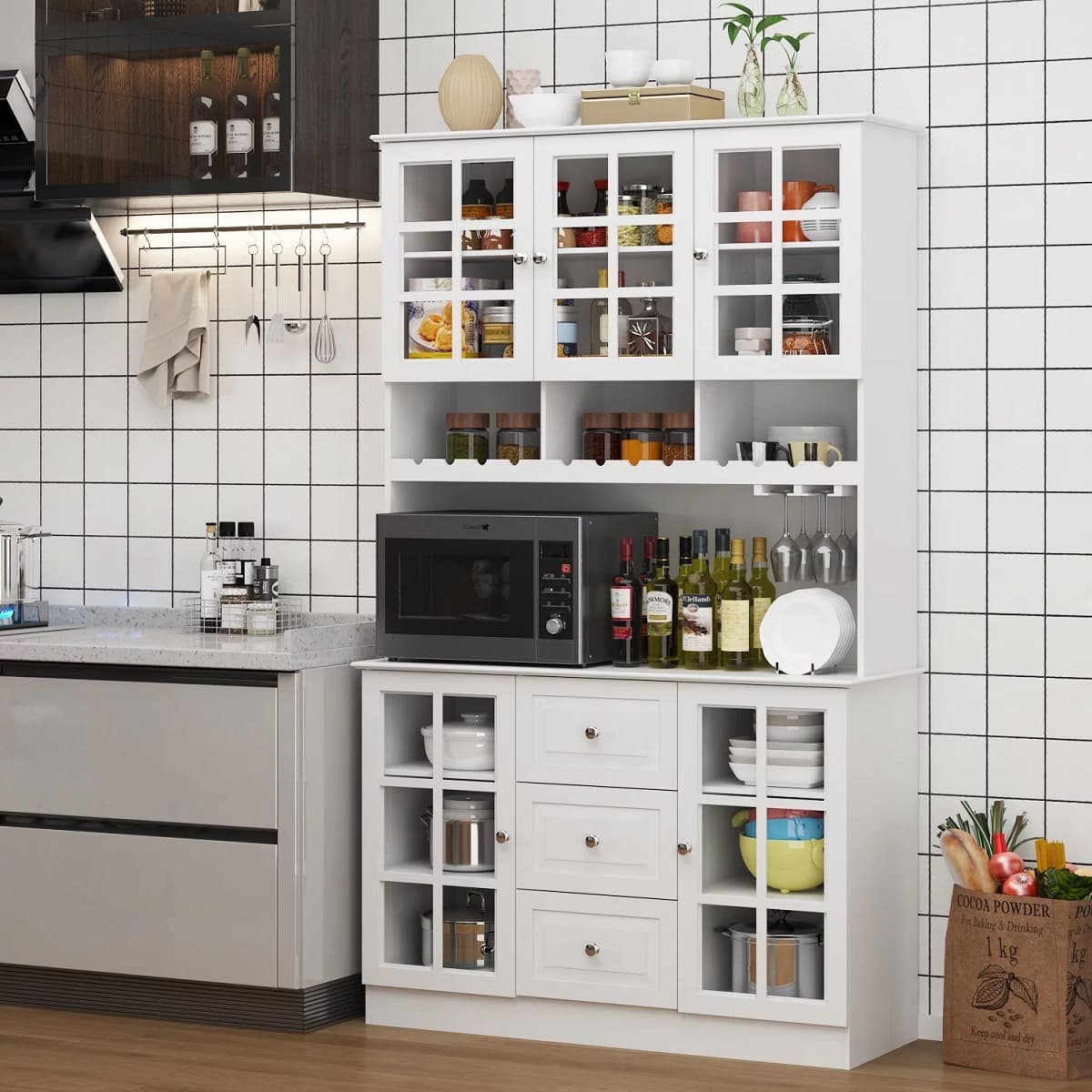
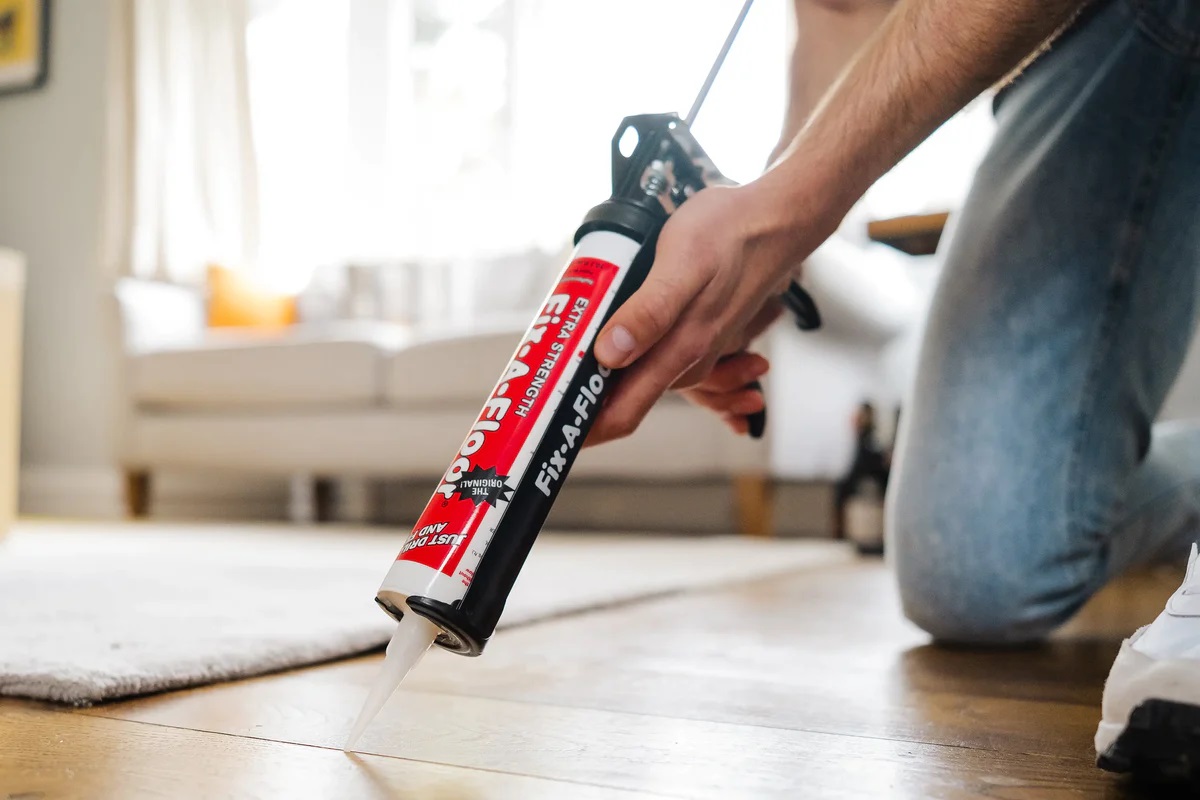

0 thoughts on “How To Fix Gap Between Door And Floor”